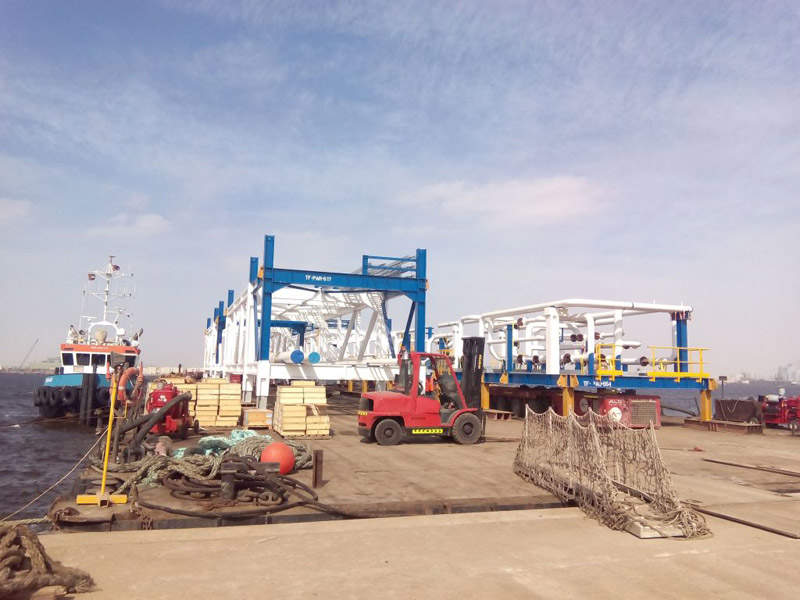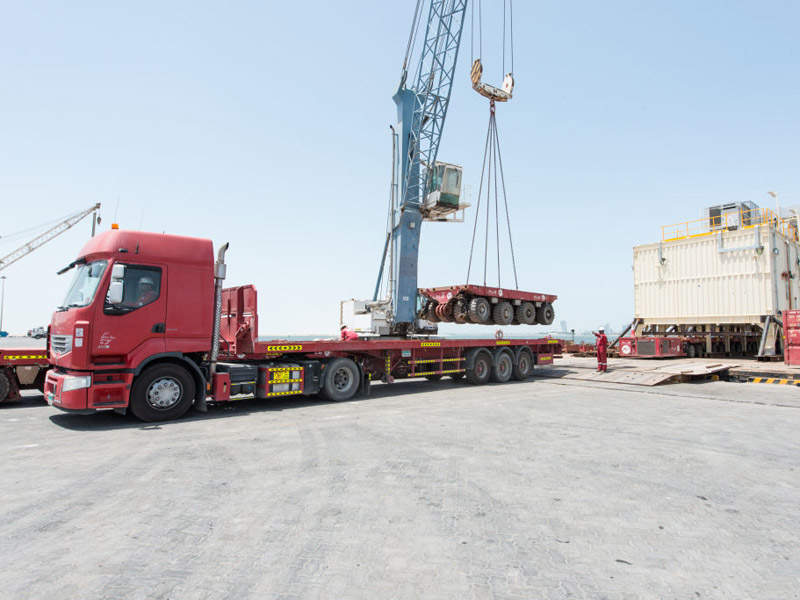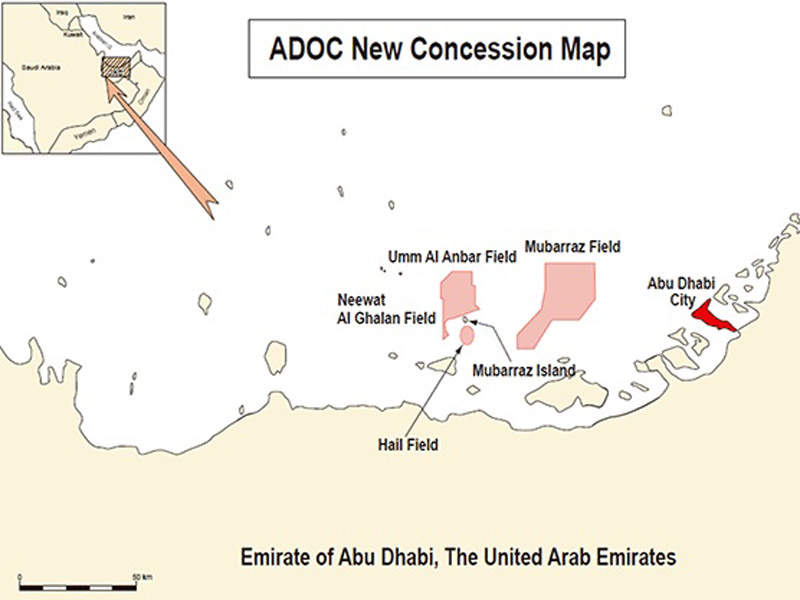Hail field is located approximately 10km south of the artificial Mubarraz Island in the shallow waters of the Arabian Gulf offshore Abu Dhabi, UAE.
The field lies in a concession currently owned by the Abu Dhabi National Oil Company (ADNOC).
Cosmo Abu Dhabi Energy Exploration & Production (Cosmo Abu Dhabi), a subsidiary of Cepsa (20%) and Cosmo Oil (80%), holds a 64.4% stake in the project. The remaining stake is held by JX Nippon Oil & Gas Exploration (32.2%), Kansai Electric Power (1.7%) and Chubu Electric Power (1.7%).
Cepsa and Cosmo Oil are collaboratively developing the field via Cosmo Abu Dhabi. Early production from the field was achieved in November 2017.
In October 2023, the final investment decision and award of contracts for the Hail full field development was announced.
Full field development activities are ongoing and are expected to increase current production and secure safe production for 30 years.
The project aims for net-zero CO₂ emissions, strengthening ADNOC’s dedication to responsible energy production. It also aligns with the company’s 2045 Net Zero goal and decarbonisation efforts.
Hail oil field location and exploration details
The Hail oil field was acquired by Cosmo Abu Dhabi following the signing of a 30-year concession agreement with ADNOC in December 2012.
The site is located adjacent to three fields, namely Mubarraz, Umm Al-Anbar and Neewat Al-Ghalan, which have been producing since 1973, 1989 and 1995 respectively.
The operator carried out a 3D seismic survey, along with appraisal activities to study the development of the field following the acquisition.
Early production at Hail
The early production plan for Hail included the development of a 350m × 100m artificial island via land reclamation.
Construction works on the island included a 350m sheet pile quay wall, pavement slabs and mooring bollards, and the installation of navigational buoys and a heliport.
In addition, the construction of surface facilities, drilling of ten production wells and installation of three subsea pipelines to connect the Hail surface facilities with the existing production facilities at the Mubarraz field were carried out.
The use of existing facilities helped reduce costs and increase the overall production volume.
The early production phase reached a peak oil production rate of 21,000 barrels per day (bpd). Oil is currently being extracted from the Thamama Zone A, B and F reservoirs of the Hail field.
Hail oil field development details
The Hail field is located in water depths of up to 15m. ADNOC has used artificial islands for drilling wells, supporting production facilities, and establishing an offshore operations and maintenance base.
The project involved the construction of 11 artificial islands in the Hail and Ghasha fields, along with the Butinah jetty, the Butinah centre building, and navigation channels to ensure safe access to these islands.
The project is located in a UNESCO-protected area known as the Marawah Marine Biosphere Reserve, which contains various habitats of seagrass beds, coral reefs and macro-algae.
Financing
Mizuho Bank, the Bank of Tokyo-Mitsubishi UFJ, the Japan Bank for International Cooperation (JBIC) and the Sumitomo Mitsui Banking Corporation provided a loan of $630m to ADNOC to support the field development.
JBIC’s contribution to the loan amounted to $378m. The financing agreement forms part of the Japanese Government’s strategy aimed at securing a stable crude oil supply to the country.
Contractors involved
Mott MacDonald, an engineering, development and management consultancy, was appointed as the project management consultant for the front-end engineering design (FEED) of the early production facilities.
KBR, a technology and engineering solutions provider, was awarded the project management services contract to conduct FEED for the full field development phase of the field.
Tecnicas Reunidas, an engineering, procurement and construction company, was awarded a $310m contract to develop and construct the early production facilities for the site.
Specialist Services, a construction company, was subcontracted by Tecnicas Reunidas to supply an electrical technical room and an instrument control room.
ALE, a heavy transport and lifting company, was responsible for transporting and installing the early production system’s surface facilities.
Swissboring, a geotechnical and underground engineering company, was awarded a contract for the early production facilities in 2015.
In partnership with the National Petroleum Construction Company (NPCC), Saipem was awarded a contract for the Hail development project. Saipem’s share of the contract amounts to approximately $4.1bn.
The project scope of work encompasses the engineering, procurement and construction (EPC) of four drilling centres and one processing plant to be built on artificial islands, as well as various offshore structures and more than 300km of subsea pipelines.
Additional contractors involved in the project include Arcadis, Cameron, Paladon Systems, Halcrow International Partnership, NMDC, Target Engineering, 3W Networks, Nautical Environmental Associates and CGG.





